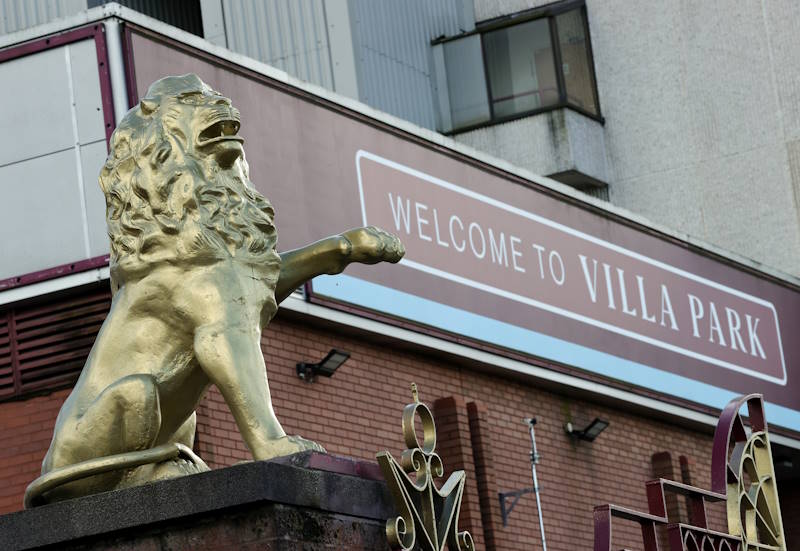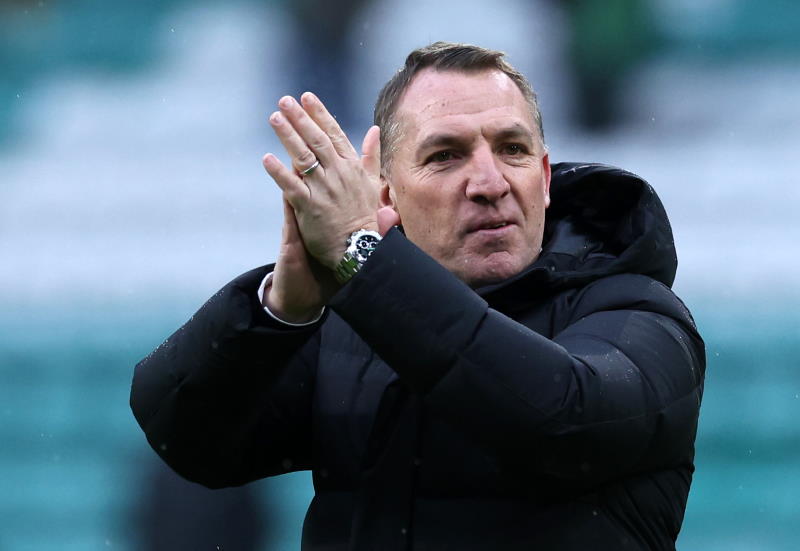Artem Chobanian
Ukrainian sport has known many famous sportsmen and athletes in the times of the former USSR, but since 1991 an independent Ukraine has not raised many outstanding figures. However, there have been bright spots that shone out in Europe and made people realise that Ukraine still existed. One of these was Andrei Shevchenko.
As a role model Shevchenko has heard many good and bad words said about him, to put it mildly. The rise and fall of one of the best European strikers can be an example of a successful career influenced by many outside factors. Shevchenko progressed first with Dynamo Kyiv and then at AC Milan. And his talent was accepted by everybody. After his transfer to Chelsea and miserable performances, half of his supporters turned away from him, and Sheva was literally cursed by many of them.
Unfortunately for Shevchenko, his fate at Chelsea was just a repetition of that suffered by many Russian and Ukrainian players abroad. At Chelsea Shevchenko was not provided with proper service and when he began fighting for the ball himself, and giving his passes to his team-mates he did not get the ball back from them. That was not the way the forward could show his talent. Unfortunately, players like Frank Lampard and Didier Drogba were major parts of Jose Mourinho’s machine, and the Portuguese manager could not (or did not want to) find a proper place for Shevchenko. It is also worth mentioning that Mourinho never wanted the Ukrainian, and he had been imposed on him by owner Roman Abramovich who remains good friends with Shevchenko.
One can ask “Why then did Shevchenko play so well at Milan? What’s the difference between the Italian and English clubs?” The answer is obvious for those living in Ukraine – for many years the children’s football schools of Milan and Dynamo Kyiv have been on friendly terms and had an unofficial agreement to exchange young talented footballers, and, importantly, coaches.
There are video interviews with Shevchenko as a teenager when he was asked if he wanted to join Milan in the future. He replied he would prefer to play for Dynamo so that all Europe would learn about the club. But as many teenagers, he changed his mind after visiting Milan (both the city and the team) with a Dynamo youth delegation. He was enchanted with the aura that reigned at the San Siro and said he would be honoured to play for the Rossoneri. He was asked all those questions because back then in the early and mid-90s he was the best among his peers, and Dynamo’s management had lots of hope for the youngster. As it turned out both Shevchenko and his coaches were right – he played magnificent games for the Ukrainians and Western Europe soon learned there was a new star in the East.
However, although Ukraine had established connections with the prominent European clubs like Sporting Lisbon, Celtic and PSV Eindhoven, the only person – yes, person, not club – that realised Shevchenko’s potential was Silvio Berlusconi, the owner of Milan. He addressed the board of Dynamo and Hrygory Surkis, then president of the club, and said he had discussed with his team the possibility of the transfer and would love to have Andrei Shevchenko at the San Siro. That was and is the primary and major difference for Shevchenko’s success at Milan and failure at Chelsea. He was wanted at Milan by the president and the team. And Shevchenko’s start at Milan was magnificent as he became the best young forward in Serie A.
What awaits Shevchenko in the future? The example of his long time best friend Serhiy Rebrov showed even strikers of their level would be in the wrong place at Dynamo. Rebrov played in Ukraine for a year after his disastrous spell in England with Tottenham Hotspur and then in Turkey with Fenerbahce, but then moved to Russia and future champions Rubin Kazan. Shevchenko will be equally unsuccessful if he returns to Ukraine. Even if a return to Dynamo Kyiv would be a fairytale, Shevchenko just won’t fit into the new young side coach Yuri Semin is building. Just as a Chelsea there was no proper place for Shevchenko in the team.
Another option could be to follow in Rebrov’s footsteps to Russia. But which Russian club would want him? When everyone knew Shevchenko was available from Chelsea no Russian clubs expressed an interest in the forward. Perhaps that is because they knew Shevchenko was destined to return to Milan, but the lack of one single enquiry is strange nonetheless.
Of course, at Milan Shevchenko has not rediscovered his old form and his appearances in Serie A have been limited. The bench has become his new home. The Ukrainian has repeated the path trodden by Gabriel Batistuta and Fernando Morientes. Once that duo left Fiorentina and Real Madrid respectively, their form declined and they could not rediscover it no matter how hard they tried. Perhaps when it’s gone it’s gone.
The most obvious route for Shevchenko within football would be a move to the MLS (his wife is American), or even simply to end what has been a glittering career. Not all Ukrainian pundits agree with this, and they feel that Shevchenko, like Rebrov, could discover a second wind. The main reason for this is that his physical abilities do not seem to have completely dimmed. And as England recently found to their cost, he still has as sharp an eye for goal as ever.
“His body is very strong and he should not be considered a football pensioner!” states former Dynamo Kyiv coach Leonid Buryak. “Physically he will be fit, in a football sense, until 37-38, that’s for sure. That’s why both Ancelotti and Mihailichenko should use him in the most beneficial way”.
Andrei Shevchenko is still without doubt the best player an independent Ukraine has produced. In his homeland there is a feeling of sadness about how his journey to London turned out. But still for Ukrainians he will always be the best striker, the most outstanding, and an example for future generations to follow.












